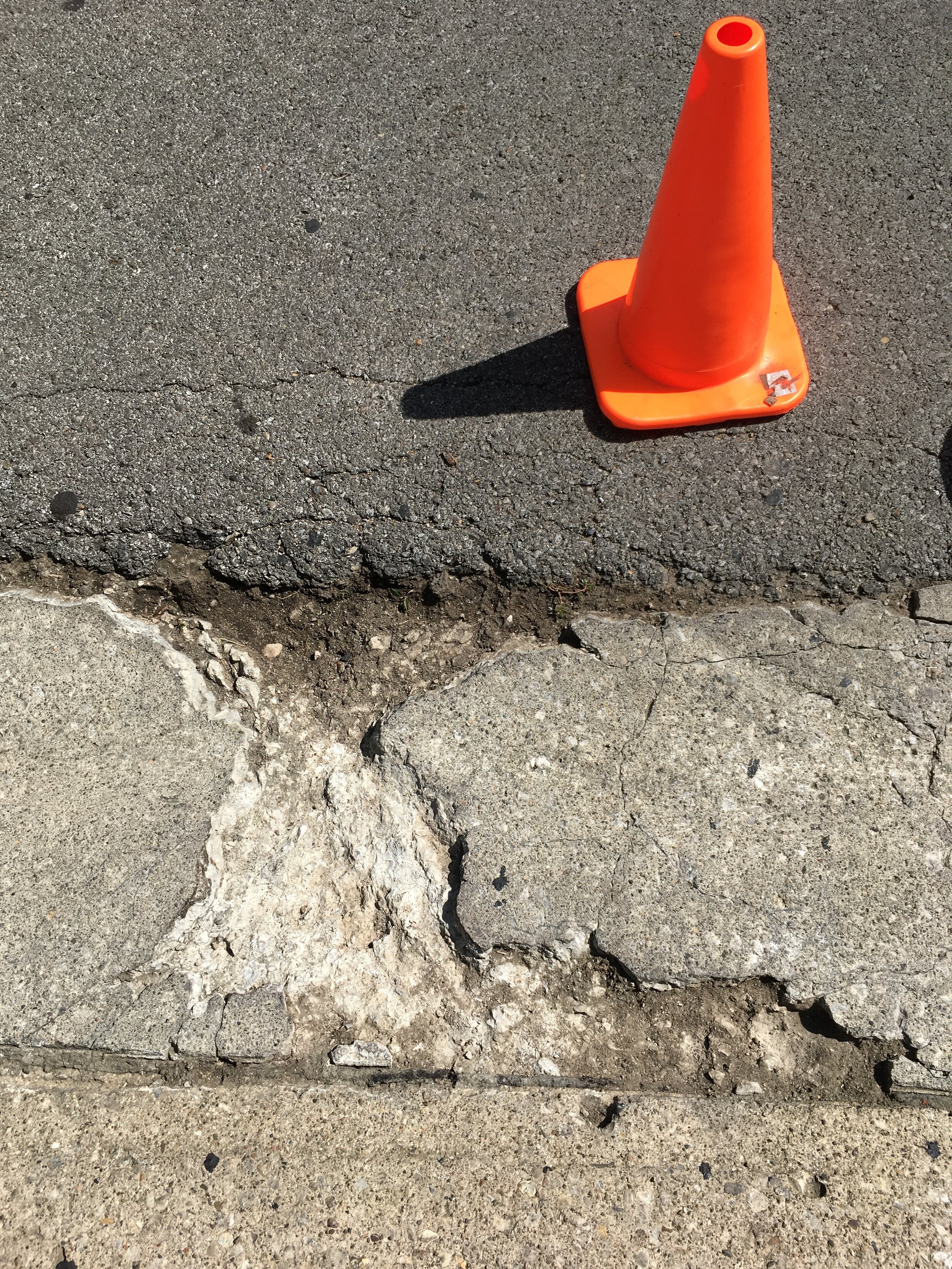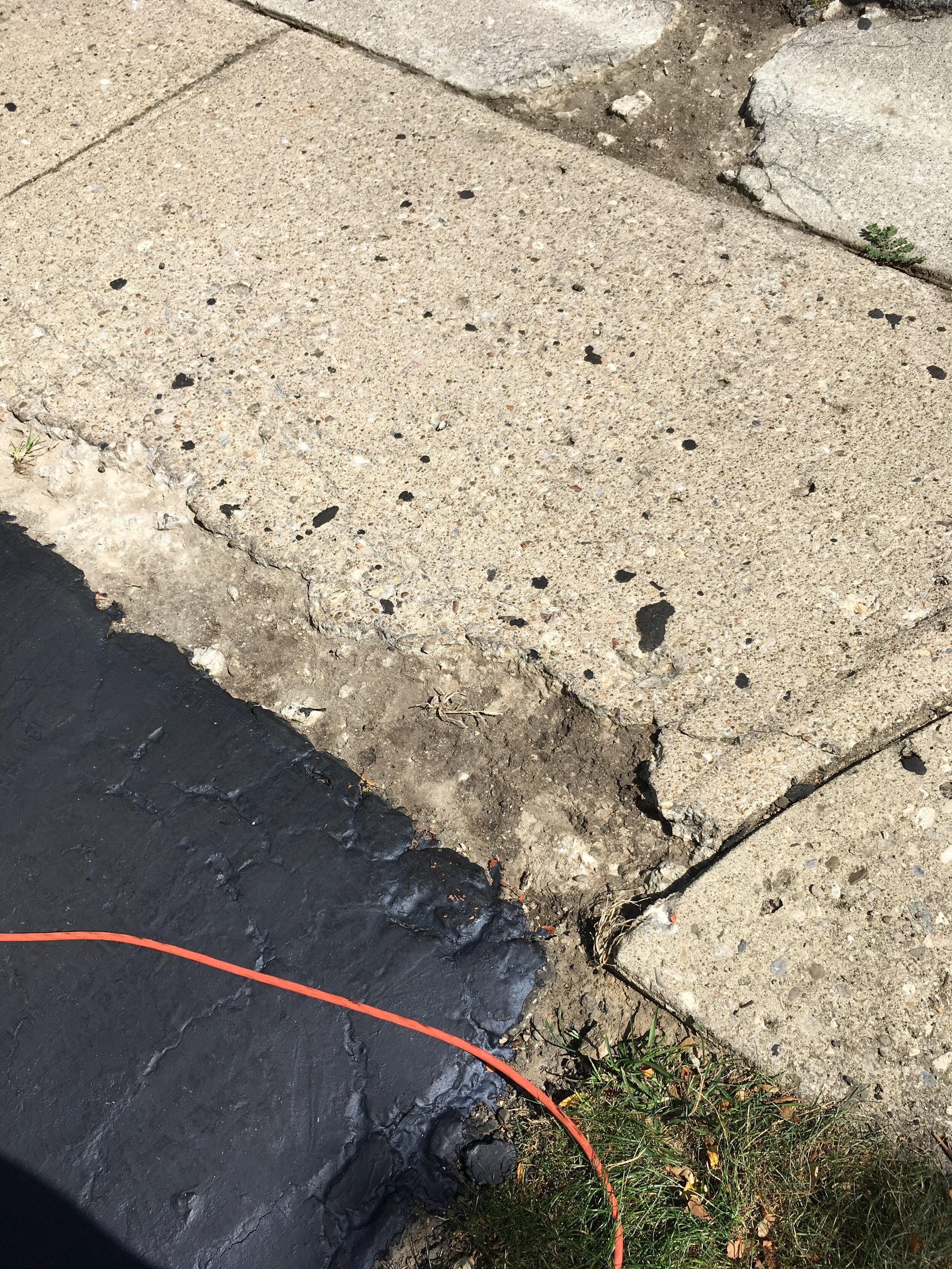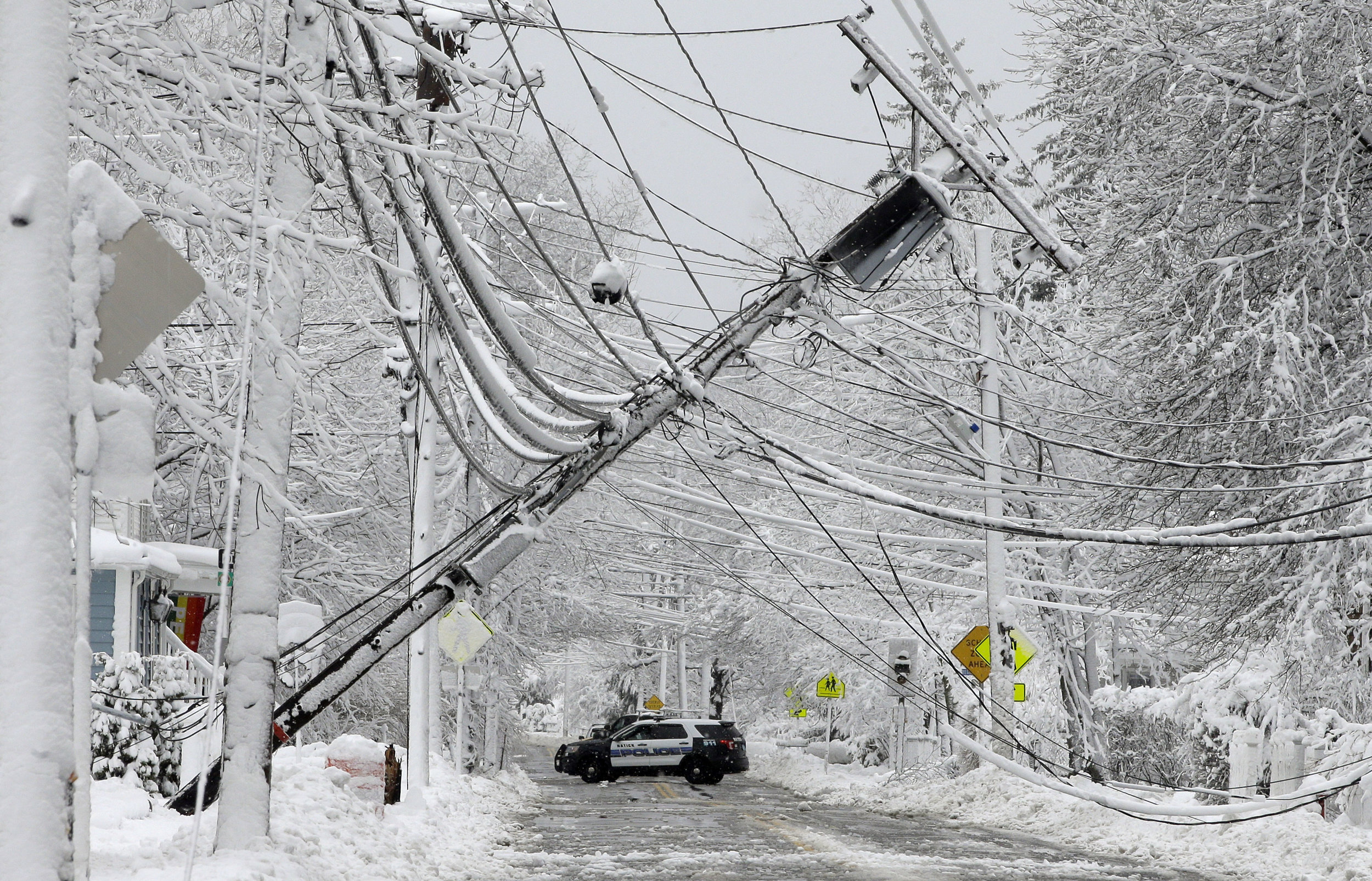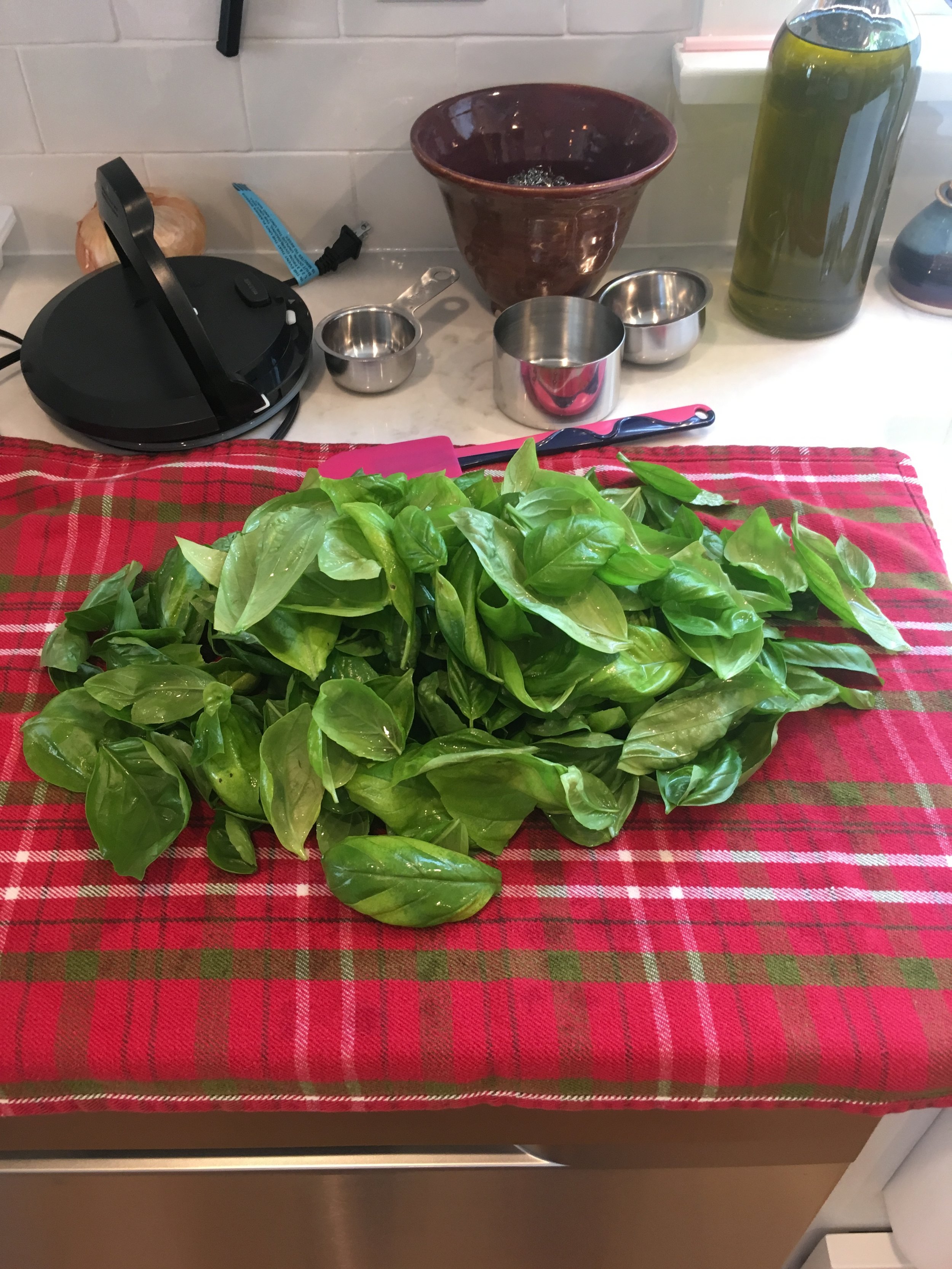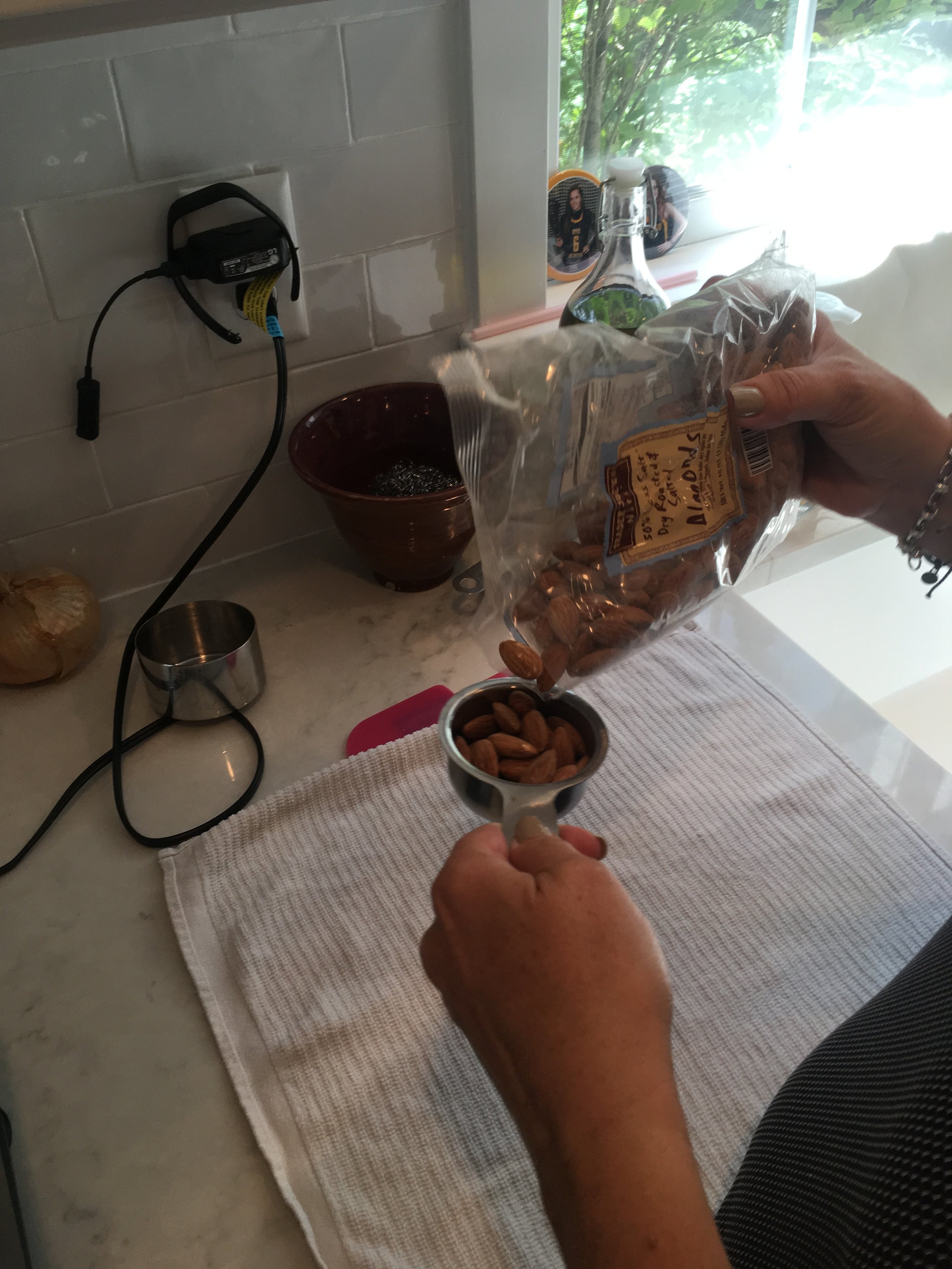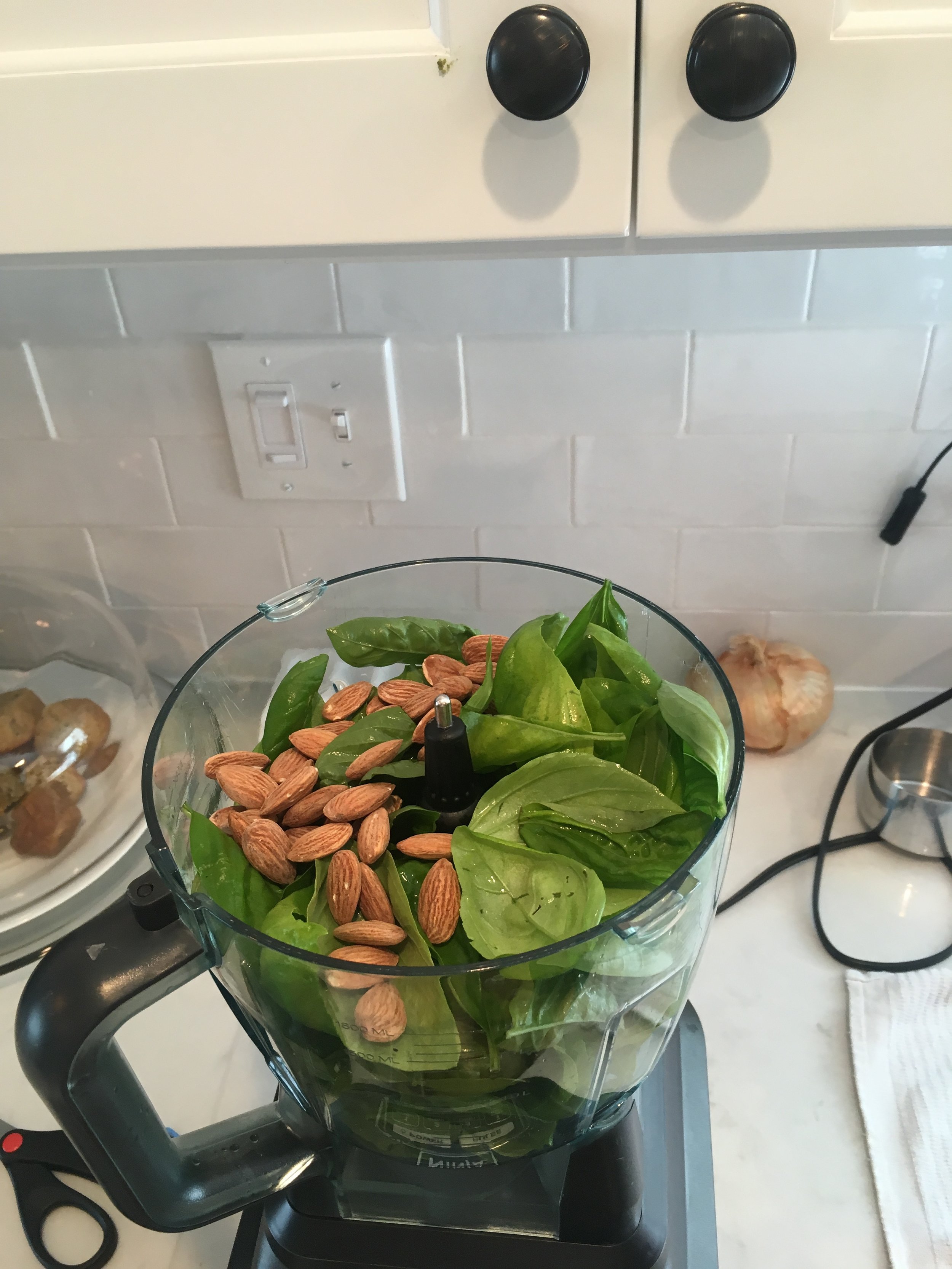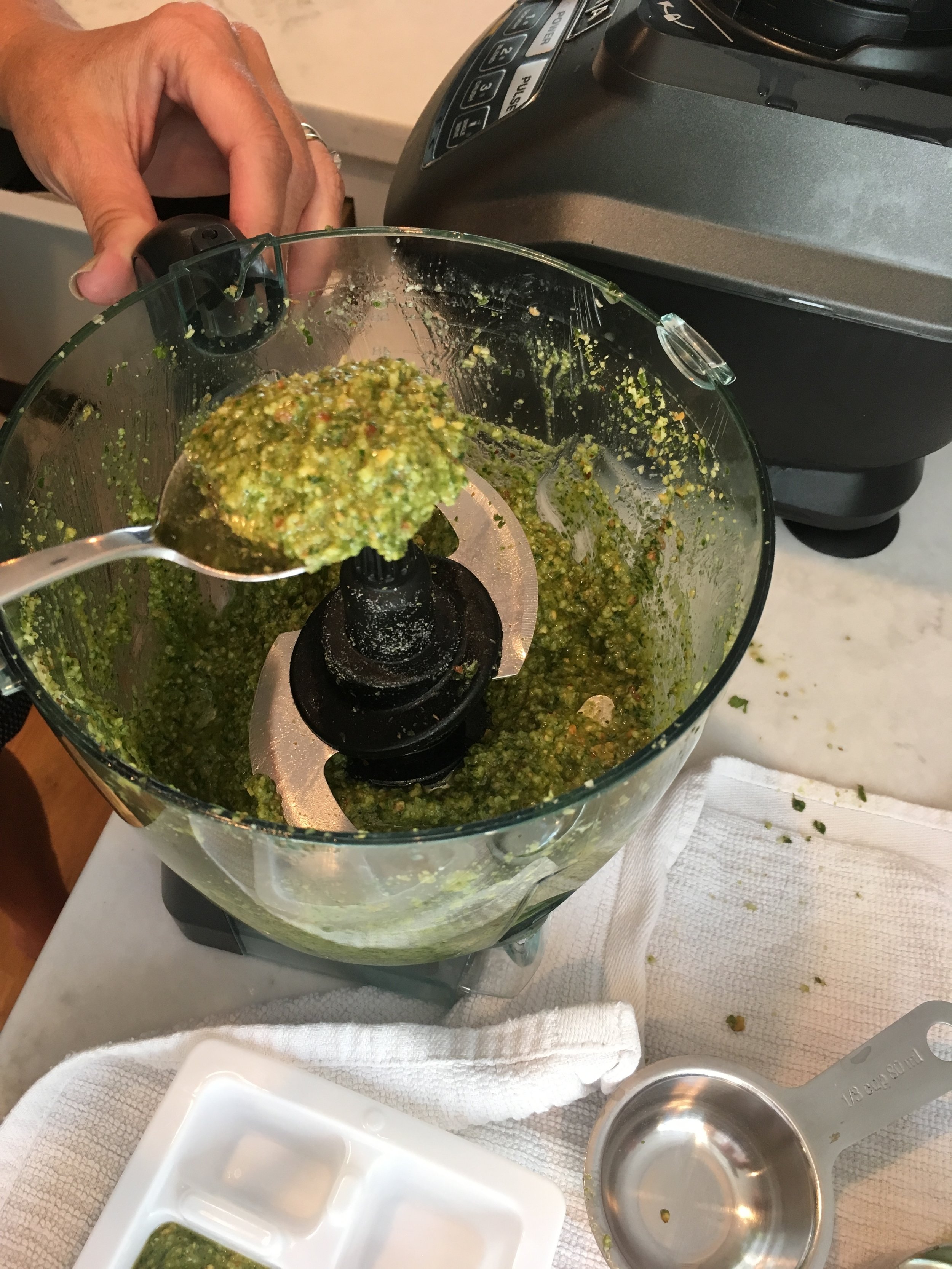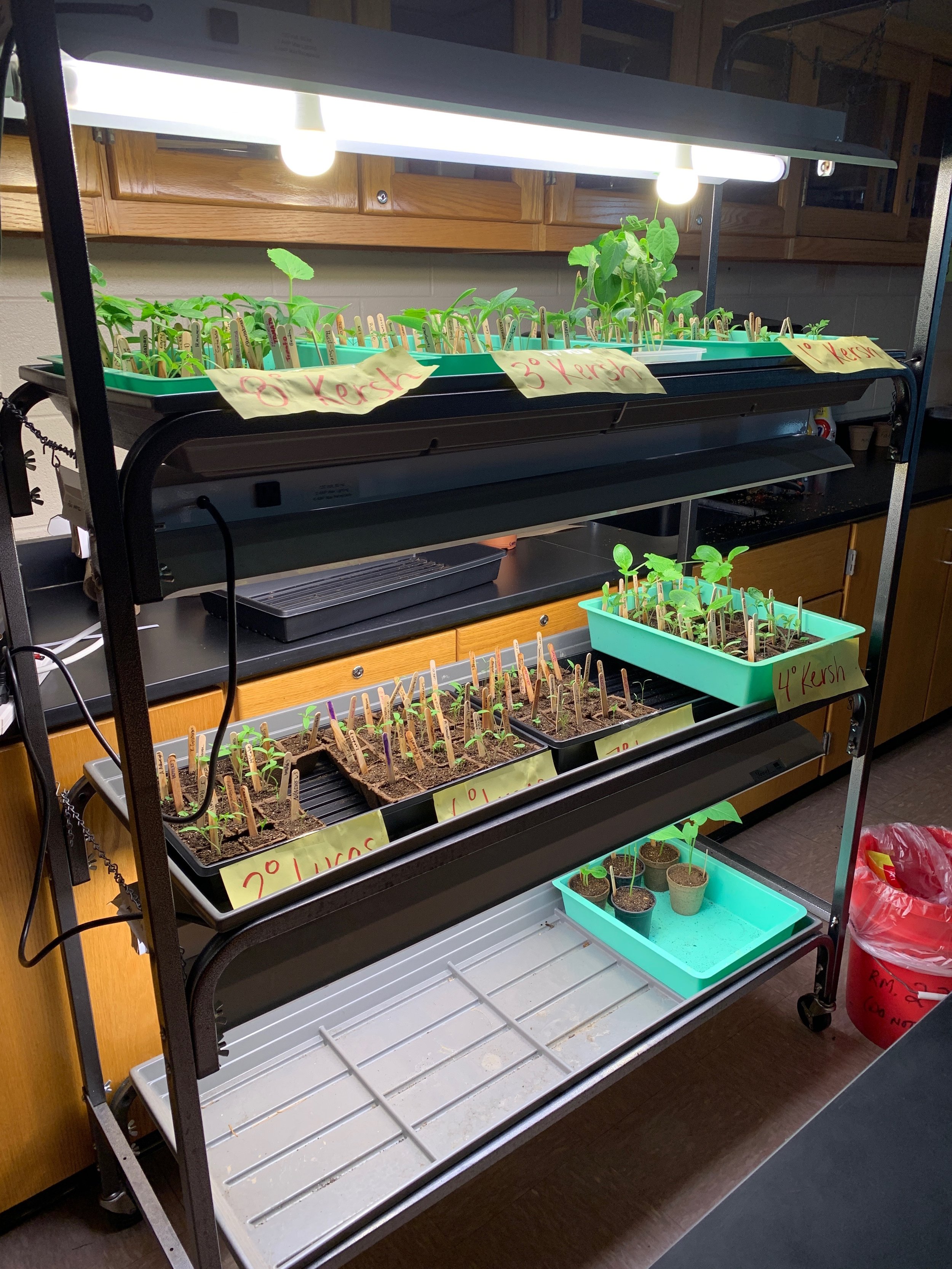This year I did something different and grew three varieties of basil. I added Cinnamon and Greek Basil to my usual haul of Genovese (sweet) Basil. I thought it would be fun to try these others since I had the room in the garden this year. As an afterthought, I asked a friend, who happens to be Greek, if he wanted some seeds for him and his family. He’s been supplying me with large cans of first cold-pressed authentic Greek olive oil so I wanted to say thanks and return the favor somehow.
I generally don’t share a lot about my location online for safety reasons. That being said, there are online followers that I know personally as we live in the same community so they’ll probably be the only ones that’ll understand when I use the term ‘the Greeks’. In fact, the Greeks refer to themselves by this term collectively.
Long story short, my Greek friend enthusiastically accepted the offer but wondered if I could harvest some extra for the Greeks. What I didn’t realize was that so many of the Greeks would be interested in the seeds. His request didn’t offend me in the least though because, as it turns out, I already knew a lot of the Greeks (it’s a small town). Apparently, anything that reconnects them to ‘the old country’ is always welcomed and accepted. Now that you have the requisite background for this post, here I am harvesting an ass load of Greek Basil seeds. It’s actually quite easy, albeit tedious.
If you grow basil, then you know that every variety will shoot out these flower stalks. The bees love them! The flowers, usually four, will form a ring around the stalk. Once they’ve flowered, and the petals die, the flower stalk will grow and repeat the process of forming new flowers. What’s left behind, after the flowers wither, is something that closely resembles a dried husk of sorts. Inside the husk is your treasure, the seed.
When I got the request for seeds, I could have harvested them throughout the growing season. When I realized I’d be supplying every Greek in town, I decided to wait until the growing season was over and just harvest the whole plant.
As a side note, Greek Basil is different from Cinnamon and Genovese in that it is much shorter and it tends to be more shrub like, or rounded. This makes them easy to identify in the garden. Here’s a close up of the spent flower (husk).
The trick, or tedious part, is getting the seeds out. There is no easy way to do it. What I’ve been doing is snipping off a stalk from the harvested plant. From there, I’ll pluck one of the spent flower rings and slowly roll it between my fingers over white paper. I was using the white countertop but the wife saw that and put an end to my shenanigans. Basically, I created a pile of chaff. The seeds lay in the pile of semi-pulverized debris. They are easy to spot as they look like little fleas.
Once I separate the seeds from the chaff, I place the seeds in this white porcelain dish. I’ve been working on this off and on for a week or so. Ten or fifteen minutes here or there mostly. This is what I’ve got so far.
All in all, I think I need about 200 seeds to fulfill the Greeks order plus have some left for myself.
Seed harvesting can be time consuming and can be done on just about anything. Presuming of course that you are starting with an organic non-GMO plant, seed harvesting from your own garden ensures that you’re getting authentic seed and not some bastardized GMO nonsense.







